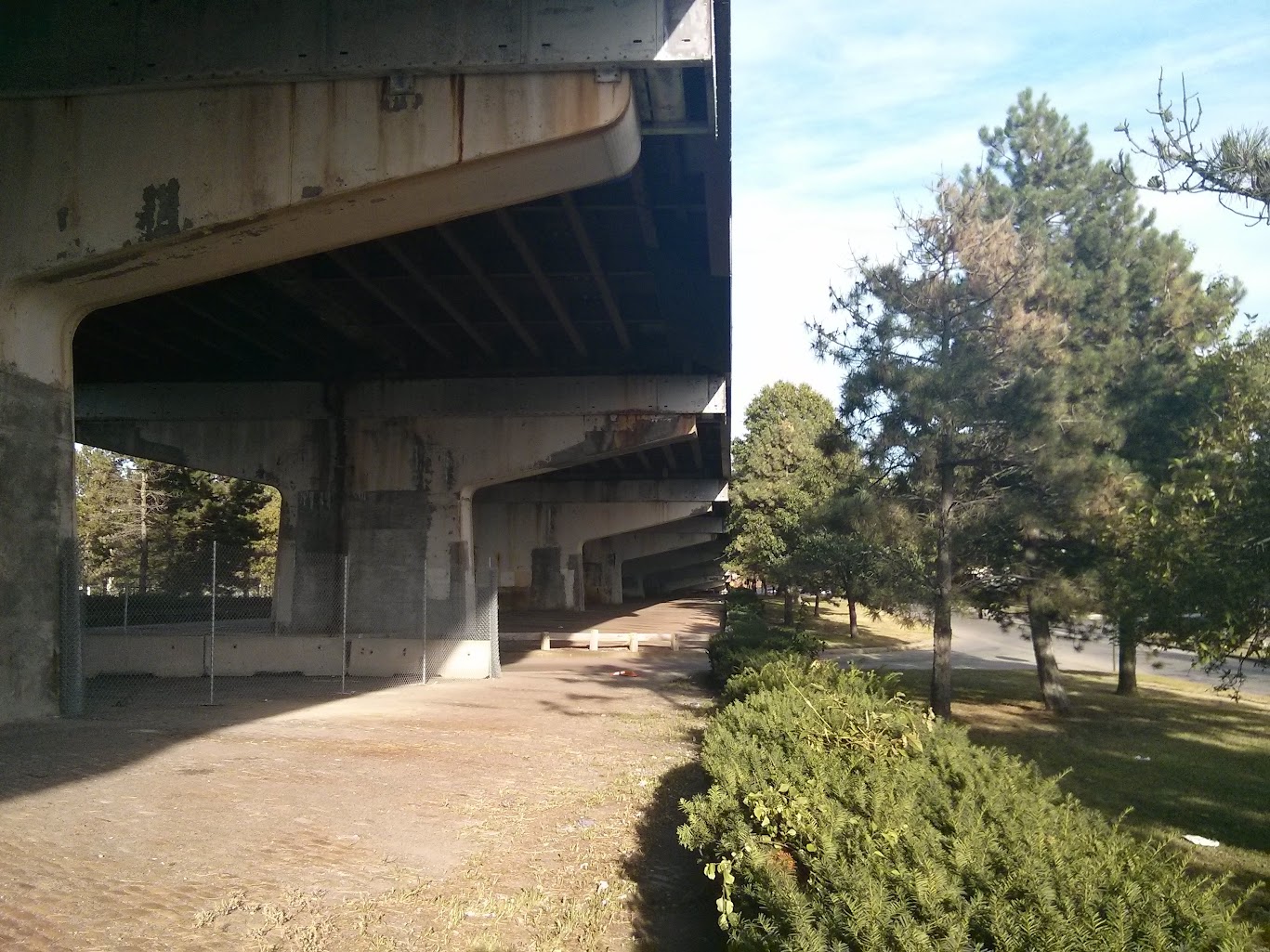matredsoxfan
Active Member
- Joined
- Apr 7, 2013
- Messages
- 337
- Reaction score
- 0
Just saw this in the Boston Globe E-edition:
New bid dates for the Casey Arborway:
Filed sub-bids due August 26 – previously July 22.
General bids due Sept 7 – previously due August 5.
This doesn’t seem surprising, most Saturdays MassDOT has a legal notice for a project or two that has a bid extension. Contractors and subs may be saying that they need more time or the State may be trying to make sure more bidders are bidding so that they actually have more than one responsible bidder to choose from.
State is trying to figure out if the federal money will be there. If no one has heard the "Highway Trust Fund" is about to be at a balance of ZERO $$$$. States are holding back, canceling and delaying projects all across the country because there is no guarantee that there will be federal money to fund the project. The Casey Overpass is being paid with Accelerated Bridge Program bond funds (which I am against using by the way on anything but the demolition of the existing bridge the rest should have been paid with Transportation Improvement Program Funds and that nearly $70 Million dollars put into other bridges across the state) which thankfully means the states 80% of the funds is secure but the last 20% of Federal Funds is still a question. Congress needs to act now, not tomorrow on a new funding plan not till next May but for the next 5-Years.

